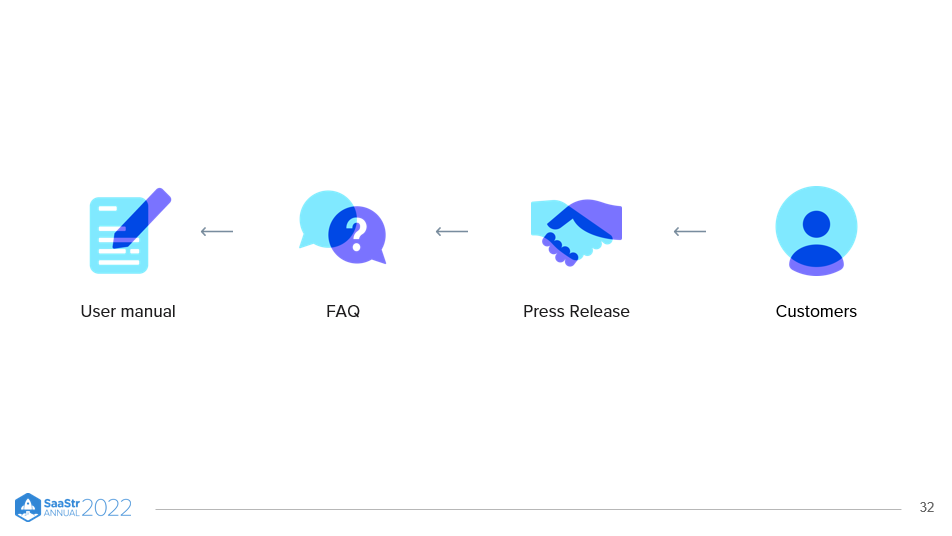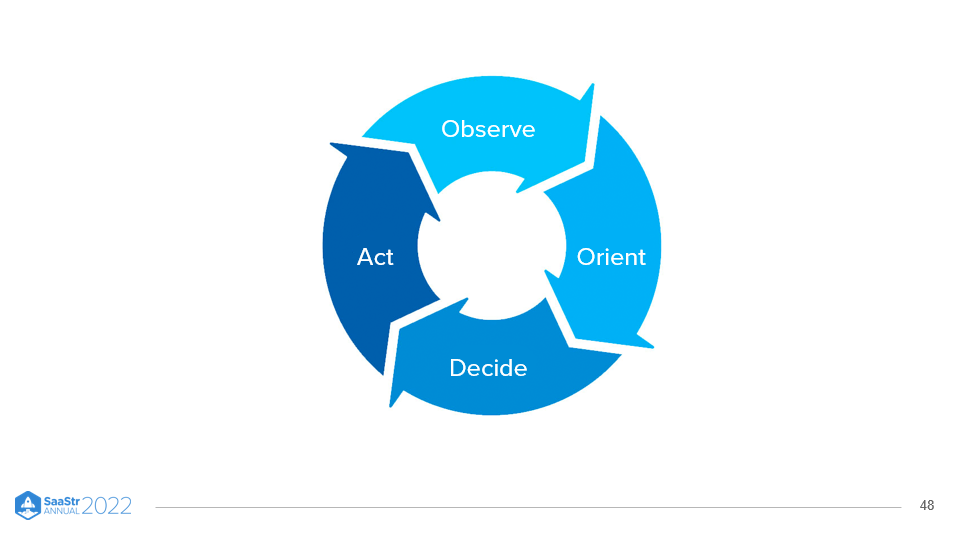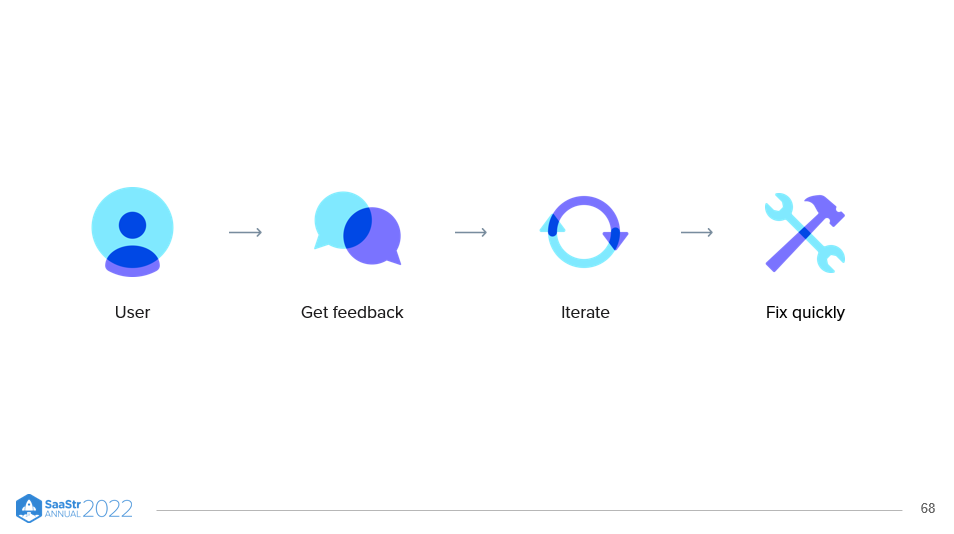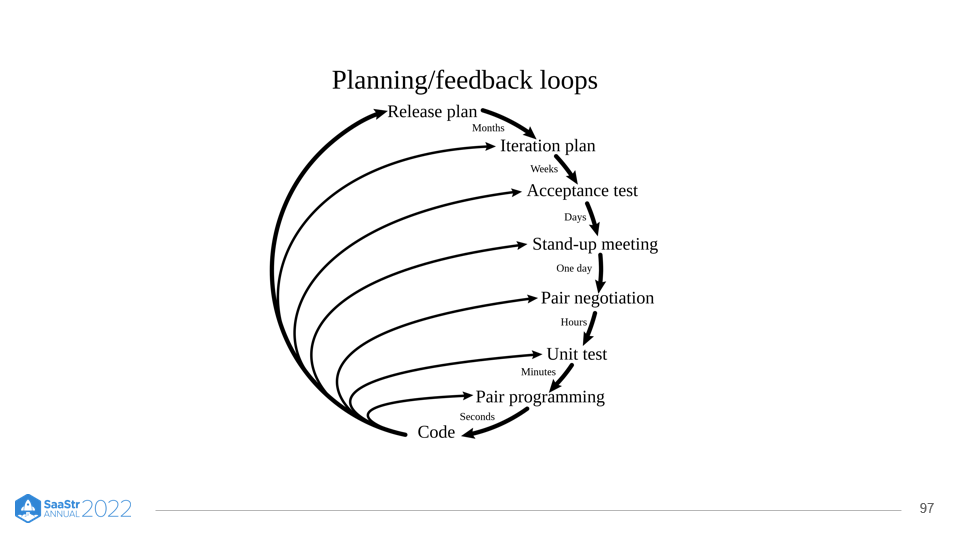Despite all the advancements in technology, creating a product with a great user experience remains challenging. Many companies believe excellent product design comes from hiring the best engineers and signing up for the latest software instead of building from the users’ perspectives.
Stripe is one of the few who have unlocked the code to great product design by changing their approach to the product design process and constantly engaging with users. Stripe’s CTO, David Singleton, shares how they use a system of feedback, iteration, and fast shipping to create products that meet users’ expectations.
David describes their method as Extreme Product Design (EPD), a modification of the Extreme Programming approach popularized by Kent Beck. This uses the principle of Test Driven Development, which is less focused on products with perfect codes detached from human reality but more on creating products that solve problems.
EPD can lead to better user experience, product strategy, and product launches if it follows three essential tenets.
Tenet 1: Iterate fast and get feedback from the right users
EPD involves a user-centric mindset. Stripe follows this approach by creating a minimum viable product and getting users to review it. Stripe documents this feedback before carrying out further work.
This is in direct contrast to building complex products with irrelevant features. Such products result when the product design is a one-way process of ideate → build → ship. Adding the feedback layer and repeatedly treating the process as a loop has led Stripe to create products that consistently meet users’ expectations.
“Users have more needs than we could ever think of, so we have to find ways to understand them and get their feedback.”
For instance, their earliest product responded to the online payment problem startups were experiencing. They figured out a way of solving it, ran a code modeling the solution while in direct contact with some of their potential users, and then launched the product.

Lyft was one of the earliest users in question. Thus, they were able to embed Stripe within their system, which helped them recruit more drivers and grow the company.
David summarizes this tenant with five principles of their design process.
- Users first.
- Move with urgency and focus.
- Be meticulous in your craft.
- Seek feedback.
- Deliver outstanding results.
Tenet 2: Find the friction and eliminate it quickly
Speed is important when working with feedback and keeping users engaged. So, at the start of every project, create a 24-hour feedback loop where:
- Users see something.
- You get feedback from them.
- You iterate and then ship an improvement.
“Once you deliver on the core promise of your product experience, start refining it as quickly as you can.”
The goal here is to debug the customer experience to uncover issues and rectify them as soon as possible. But for this to happen, you’ll have to empower your technical team with the right tools and leaders that enable them to solve problems immediately.

Stripe has an in-house developer productivity team overseeing the affairs of the developer and product team to ensure they are constantly at the top of their game. So, while there’s an external system for corresponding with users, there’s also an internal system for relaying work-related issues to the management.
Tenet 3: Scale, become a learning community, and continuously improve
At the start of a product design process, predicting and managing every milestone is easy. But things can get out of hand as the product grows and you try to scale the process to keep up—which means more work to maintain the user-first approach.
Becoming more deliberate about maintaining this standard will transform your company into a learning community. This concept was popularized by Peter Senge at MIT and involves the following:
- Developing your personal vision for how your organization should operate.
- Understanding the assumptions that color this perception.
- Encouraging dialogue and developing actionable strategies that work for everyone.

Stripe implements this by allowing different departments in the company to engage with customers—especially the technical team, who should relate with users even at the building stage.
Key takeaway
The secret for building products users will fall in love with is starting small, staying flexible, and adapting fast. Even with the best technology, your business can still flop if you fail to listen to users and give them what they want. Stripe’s Extreme Product Design method can be implemented across all industries if you have a bias for execution and staying in touch with users’ needs.
“It’s all about execution over time. With the right focus, we can build things that touch millions of people’s lives and help make them successful.”


